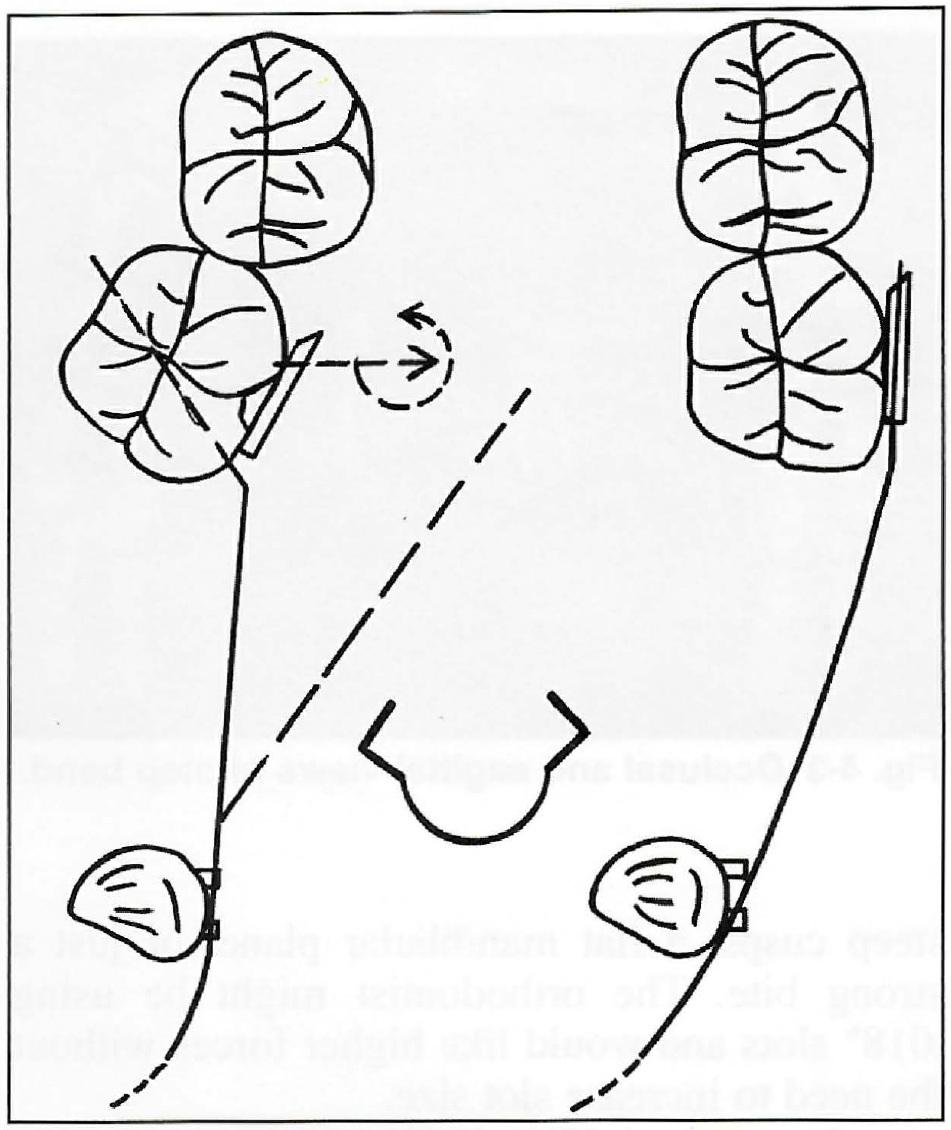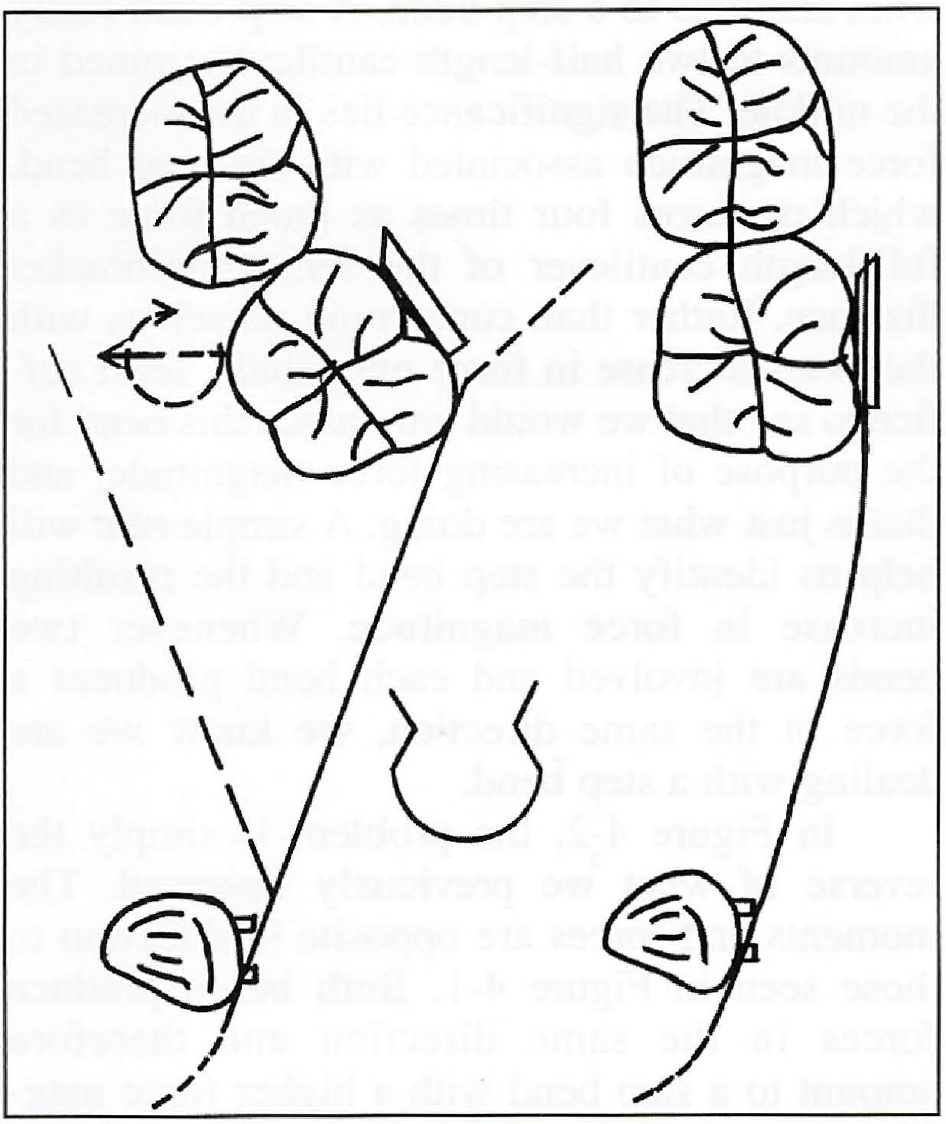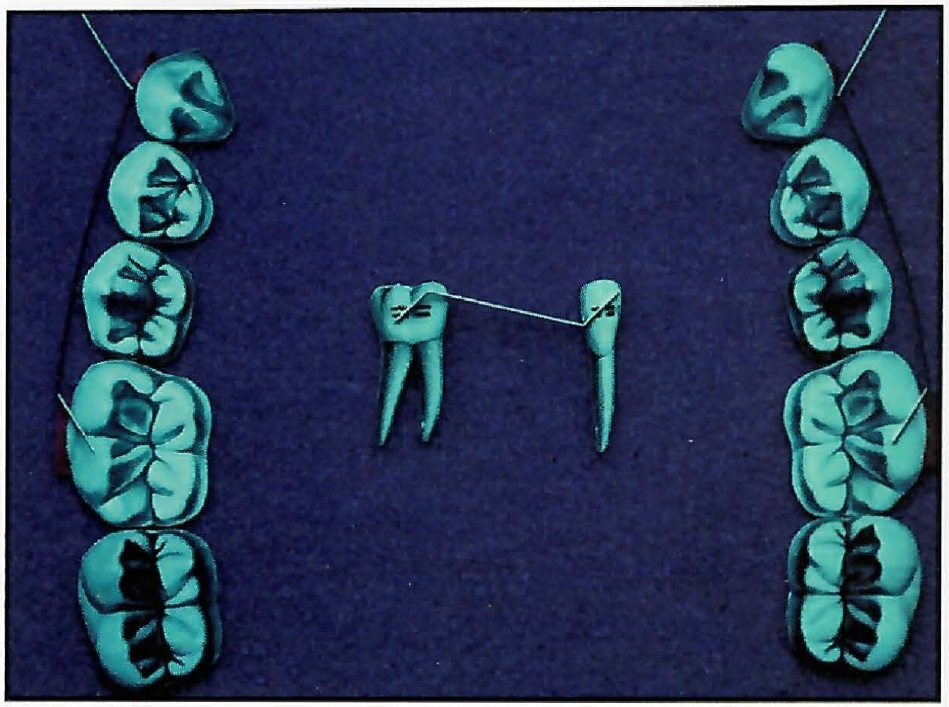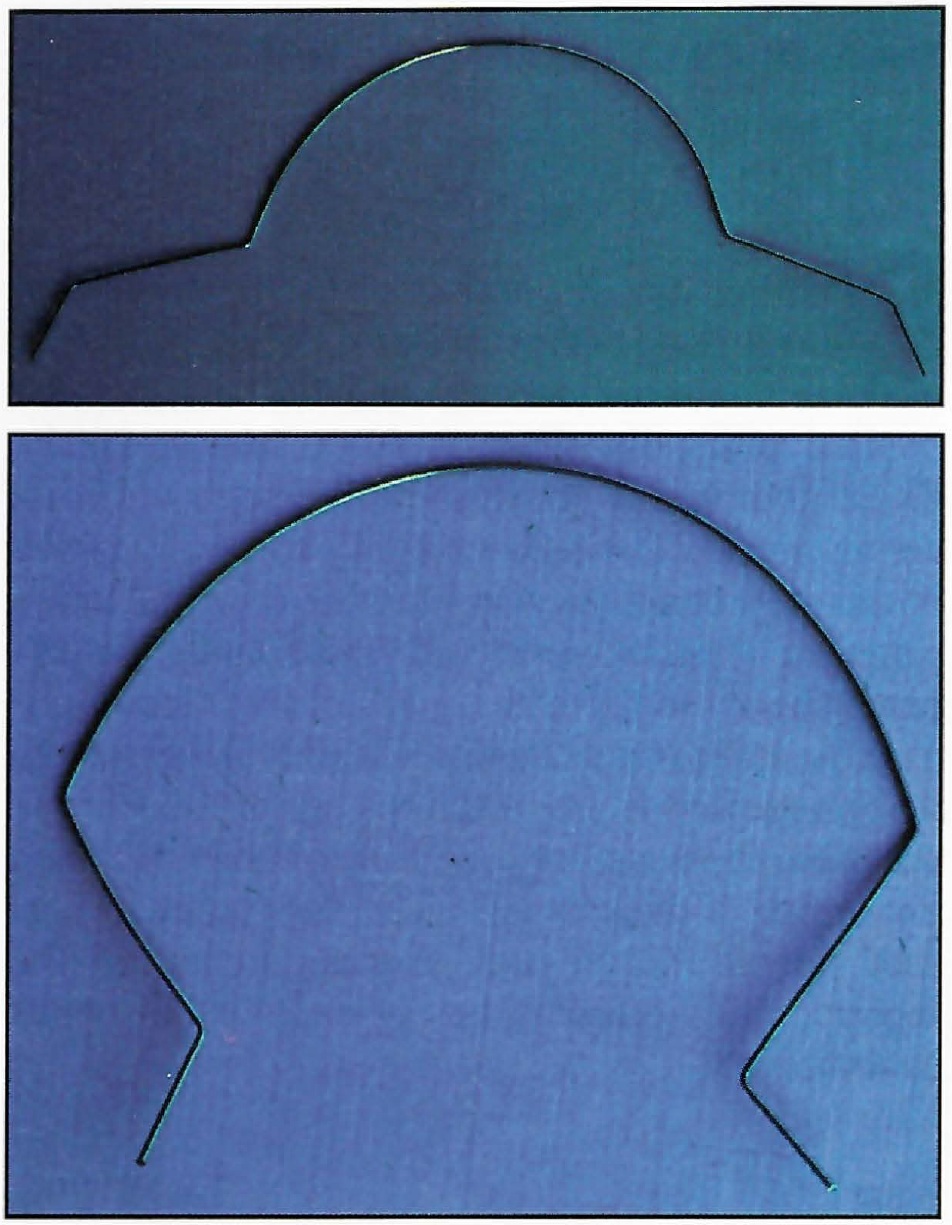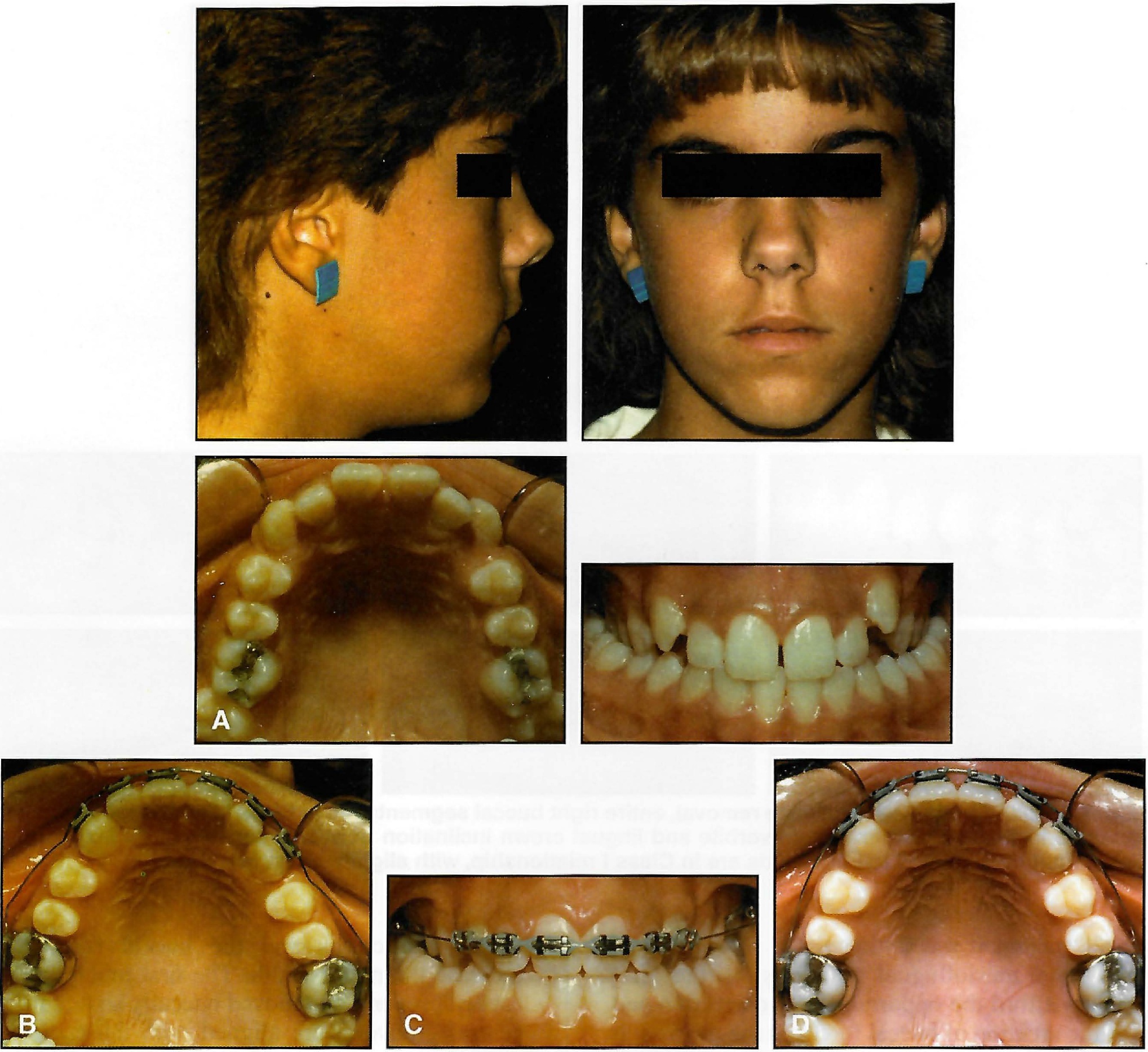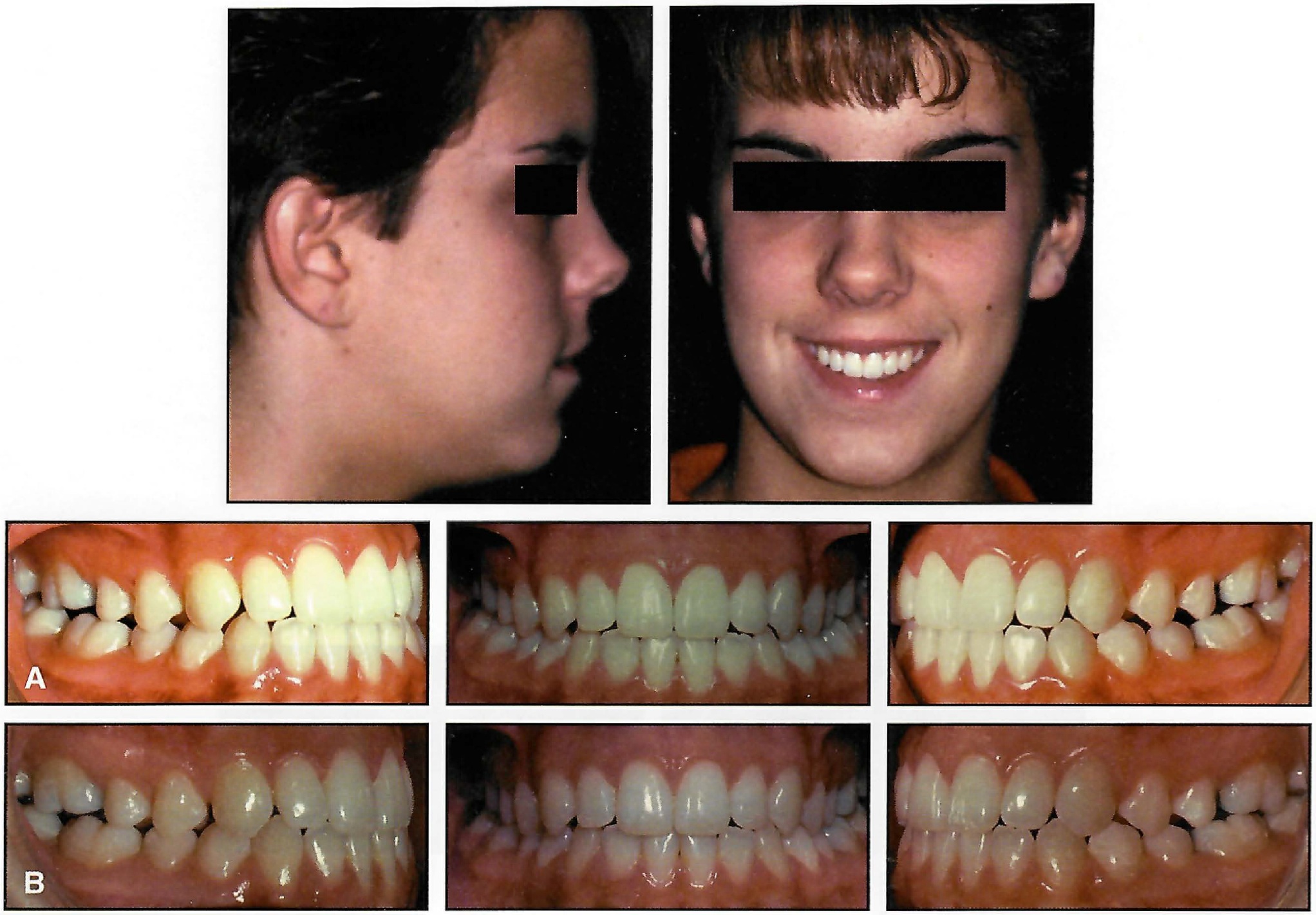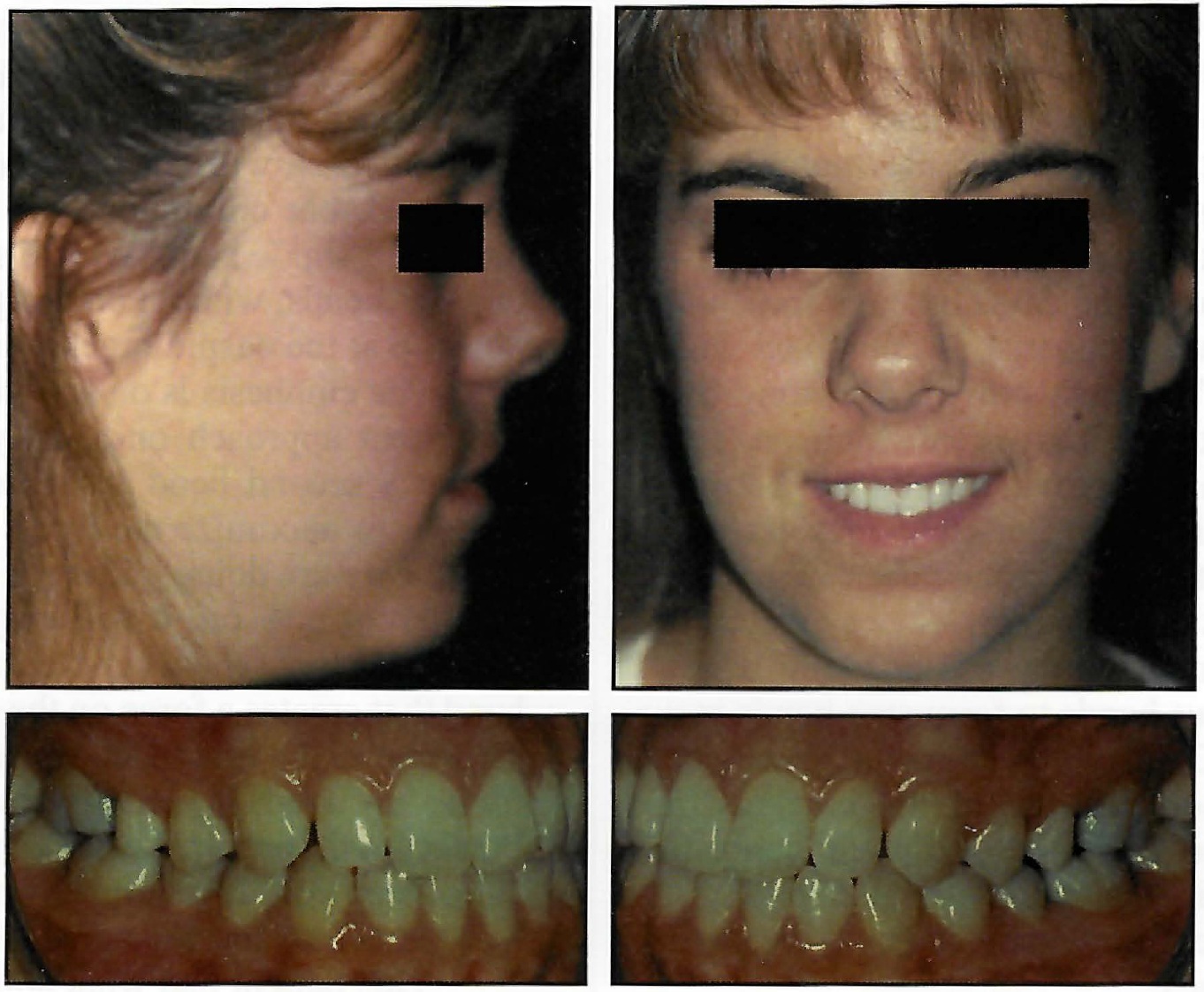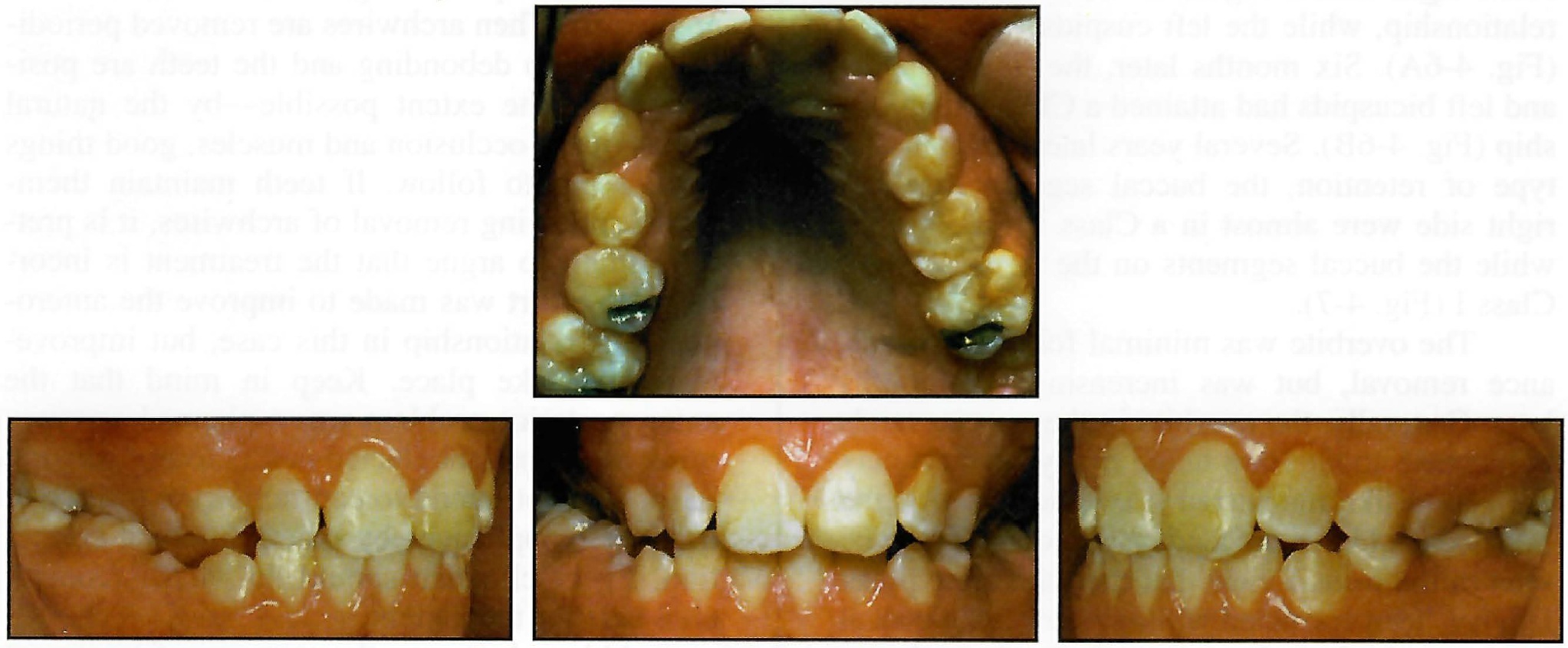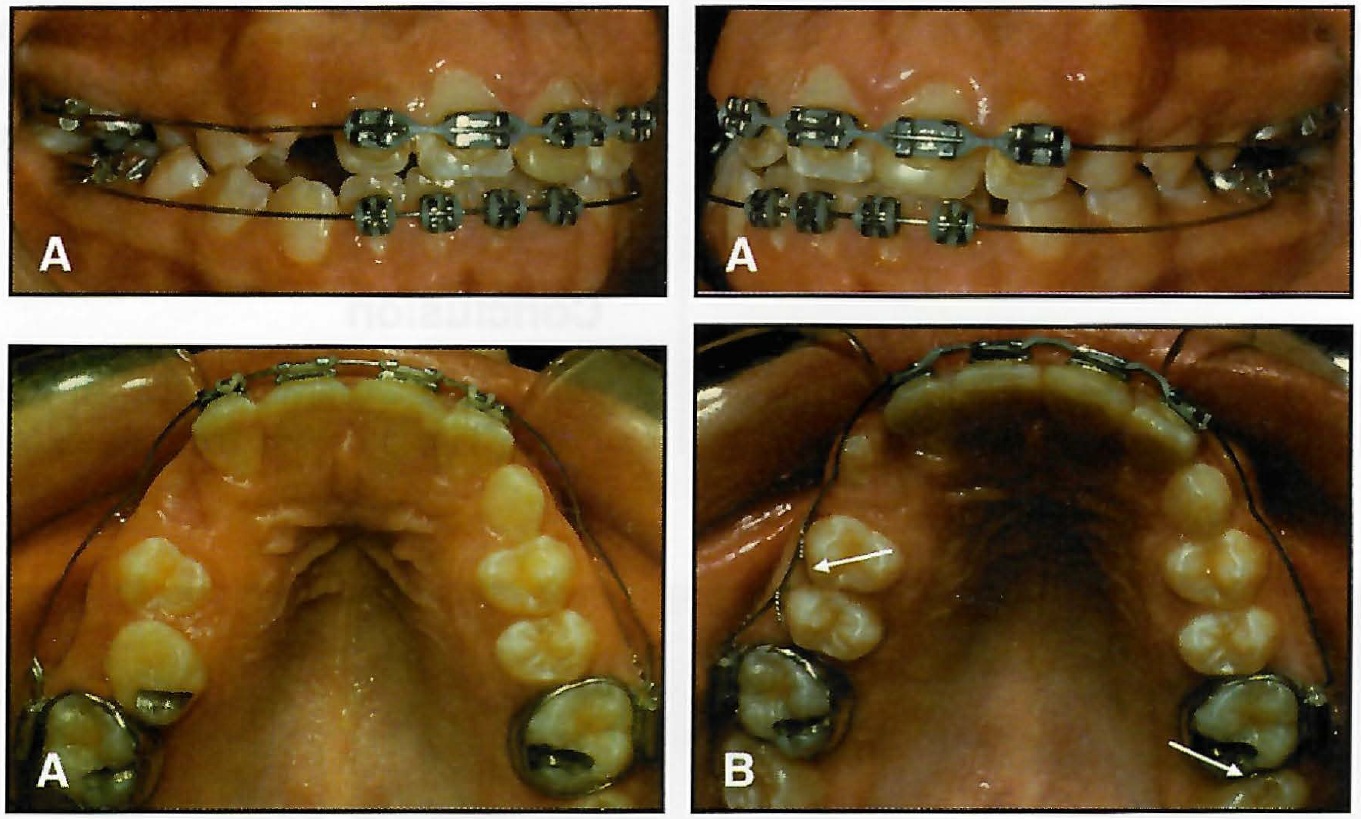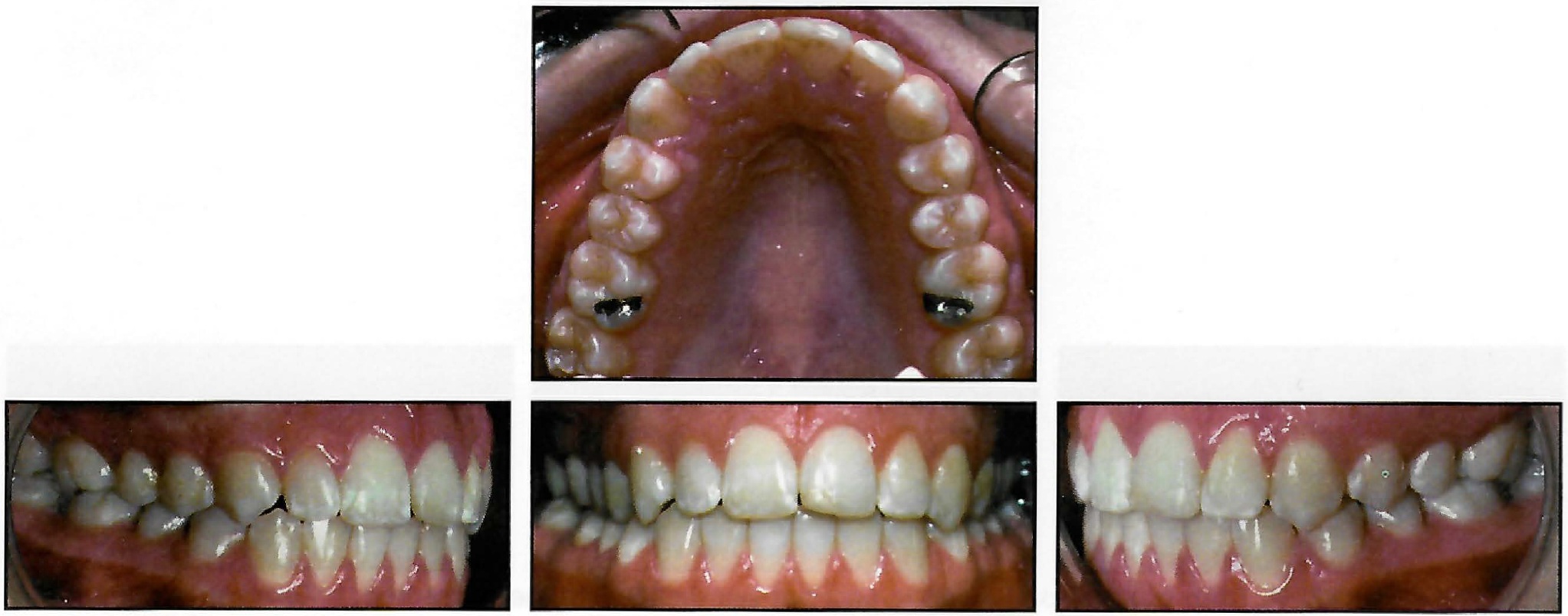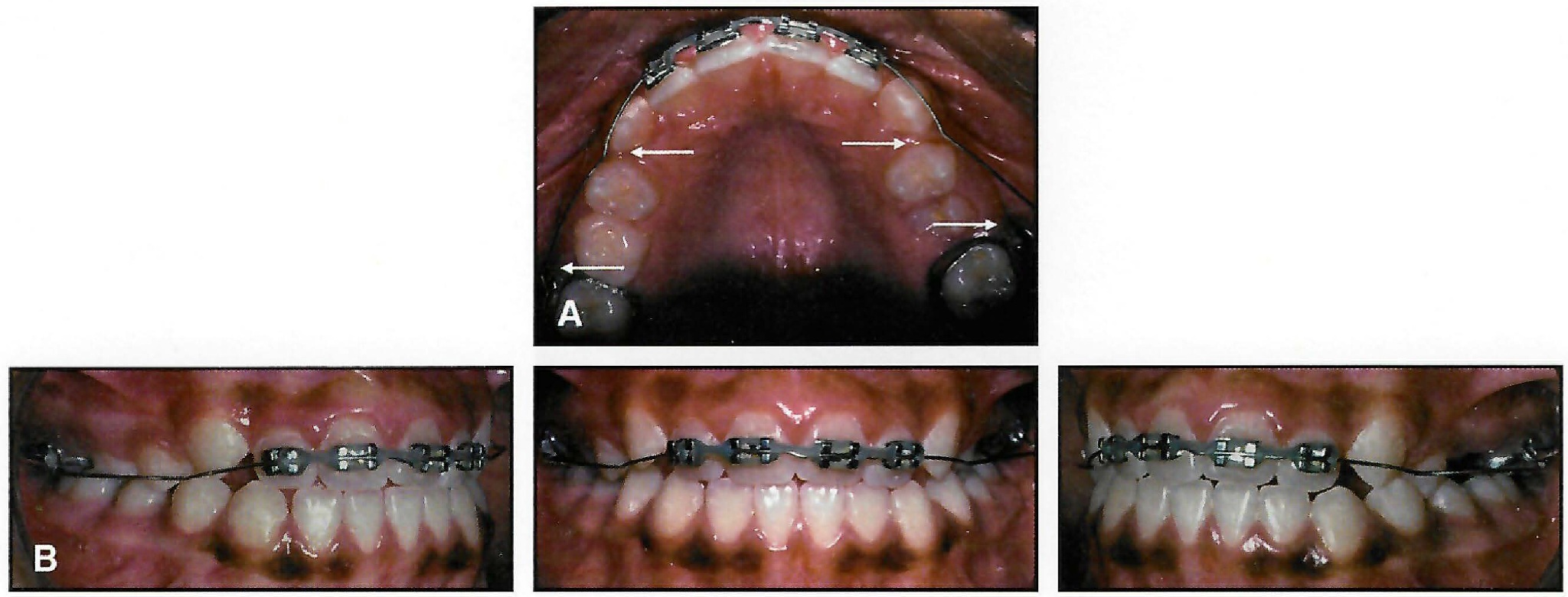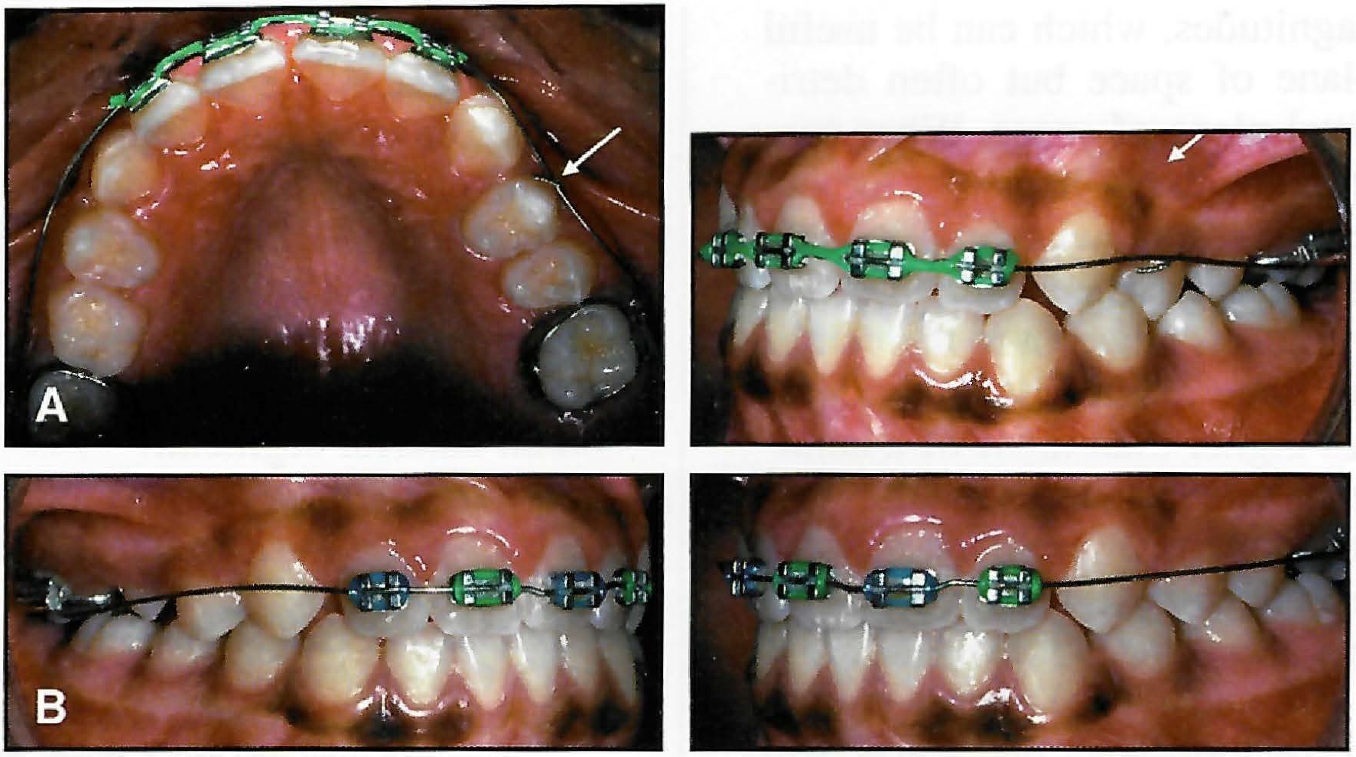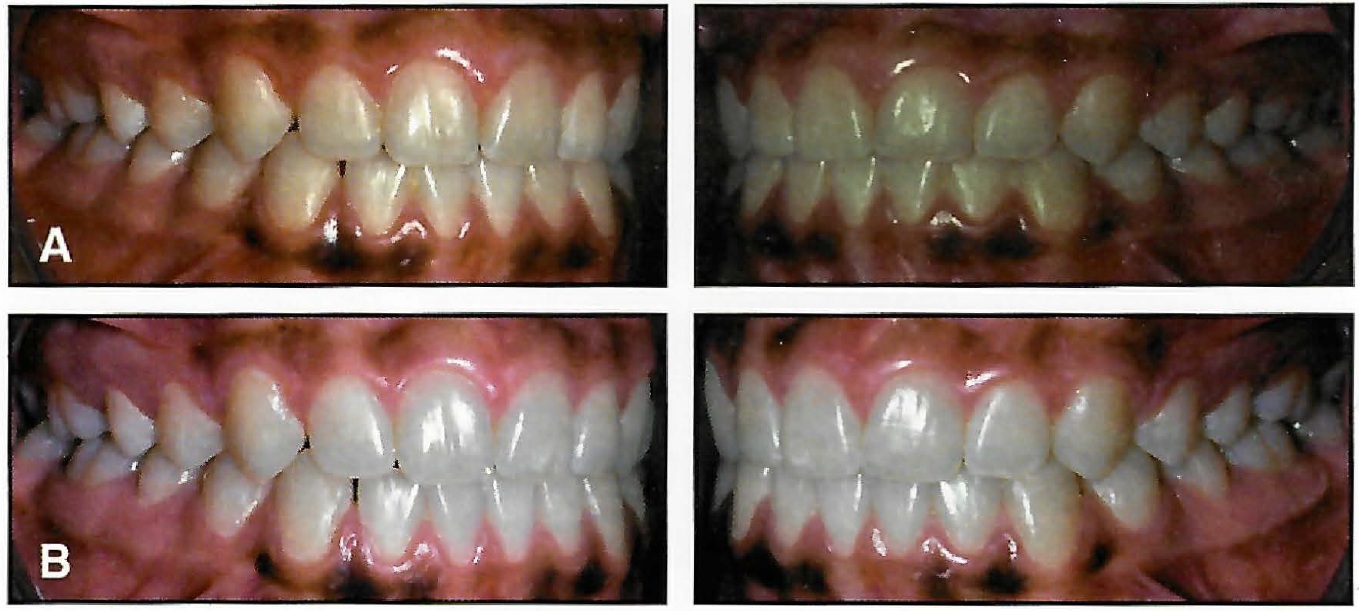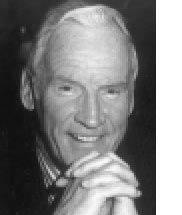If there is one thing a journalist loves, it is a controversy that just won't go away. Popular culture is rife with such issues, from universal health care to global warming to standardized testing. Medicine is no less amply supplied with never-resolved controversies: management of blood pressure, acceptable levels of blood glucose, and the efficacy of PSA titer in diagnosing prostate cancer are a few that come to mind. To cite another example, I (along with just about everyone else I know) had always assumed that maintaining the "ideal weight"--and defining that is another subject altogether--was unquestionably a "good thing". This resulted in my trying every conceivable popular diet, with yo-yo results over the years. Last week, however, I read a paper claiming that it is desirable to be "a little" overweight, since people need a "physiologic reserve" in times of threatening illness. It seems that as long as there is disagreement over any aspect of a profession, there will be something for pundits to write about.
Similar articles from the archive:
- THE EDITOR'S CORNER The Extraction Debate December 2014
- THE EDITOR'S CORNER Pushing the Extraction Envelope May 2015
Perhaps the most lasting controversy in orthodontics involves extractions, a treatment issue that has been around for the entire history of the specialty. The subject was hotly contested between Edward Angle and Calvin Case during the first two decades of the 20th century. Angle was vehemently opposed to extractions; Case was not. Charles Tweed and Raymond Begg, both Angle disciples, became champions of the extractionist camp; Norman Cetlin and others espoused nonextraction treatment in more recent years. Although the pendulum seems to swing back and forth, it is rare nowadays to find an experienced orthodontist who either never extracts or always extracts. Most claim to extract "when needed". But therein lies the rub: "when needed" is a subjective judgment with no strongly established, evidence-based criteria to apply. I know very good orthodontists who extract in most of their cases. I also know very good orthodontists who extract in fewer than 5% of their cases. Personally, I fall pretty squarely in the middle, leaning ever so slightly toward the extractionist side as I get older.
The extraction controversy is the basis for JCO's second Hot Seat column, which appears in this issue. Our Contributing Editor, Dr. John Graham, posed eight questions to prominent orthodontists from around the world, and that panel of experts applied their own experience, training, and philosophies to answer the questions in brief. Some said they were extracting more now than in the past, some less, some the same. The percentage of extraction cases in their practices ranged from 5% to 20%. Their indications for extractions centered on facial esthetics, space needs, and periodontal health, but the responses to most questions showed a wide variation in opinion. I would trust any of these gentlemen to treat my grandchildren, yet no two of them agreed on every answer, and all of them offered valid explanations for their beliefs.
One would hope that by applying the principles of evidence-based decision making, we could find an ultimate answer to this controversy. It would be helpful if researchers could conduct a series of randomized, double-blind clinical trials comparing extraction treatment to nonextraction treatment. Unfortunately, we cannot address this issue as a simple bivariate situation, because we can't lump all cases into one category or the other. It is an extraordinarily complex, multifactorial decision, starting with basic anatomical considerations--"Is there adequate space in the arch to align all of the teeth?"--and extending to long-term issues of growth and development-- "What is this adolescent's face going to look like 40 years from now if I do extract?" To further complicate matters, the good ol' days of patients doing exactly what the doctor orders are long gone. Today's patients and parents are highly educated critical thinkers, entirely capable of doing their own literature searches and reviewing subjects on the Internet. Our present society conditions them to consider themselves co-therapists with their doctors, which means their preferences regarding extractions must be taken into account.
Another reality of practice that we all recognize, but may try to downplay, is that orthodontics is more than just a translational application of clinical principles. Like most dental and medical specialties, orthodontics is as much art as it is science. And despite repeated efforts over the years, including several of my own research projects in my early academic career, no one has been able to measure the outcome of artistic endeavors in a plausible quantitative manner. Beauty is, always has been, and always will be, in the eye of the beholder. Creating beautiful smiles is what we are all about. So while orthodontists can reach general agreement on many clinical subjects, getting us to agree on any issue involving esthetics can be difficult indeed. Determining what the "weight of the evidence" indicates is always a subjective decision, open to interpretation--which is a doctrine that has been recognized in our judicial system for hundreds of years.
In short, it should not be surprising that two highly experienced, capable, and ethical orthodontists, each with the patient's best interests in mind, might disagree on the necessity of extractions in a particular case. All of us base these decisions on our best clinical judgment and esthetic preferences, but we may differ in our interpretation of the evidence and our conceptualization of beauty. My guess is that this professional controversy will be resolved about the same time that we have universal agreement on political platforms. Of course, that will provide those of us who write about orthodontics with subject matter for many years to come.
RGK


